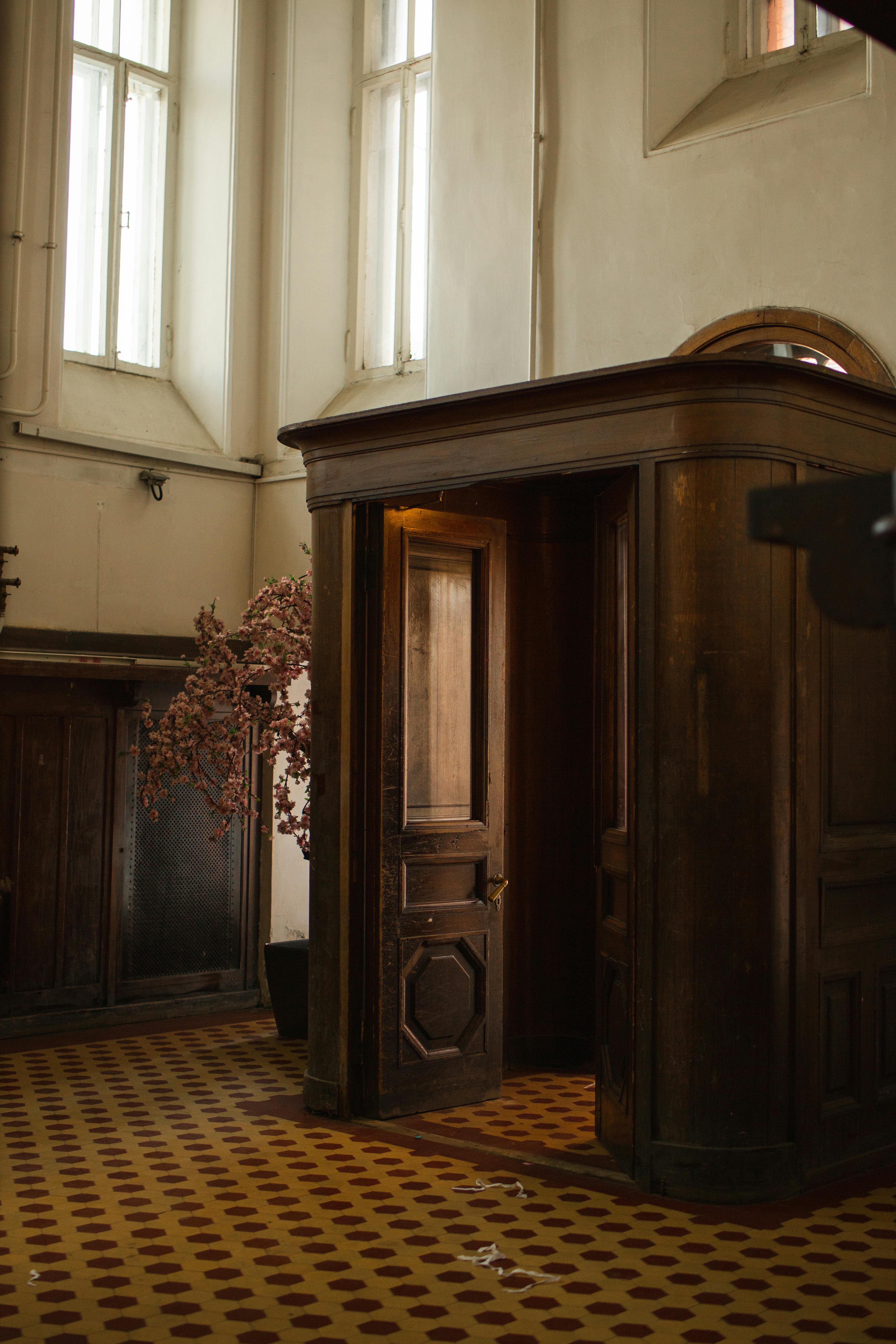
 Thus the male regards his physique as a direct and regular connection to the world and sees himself as the essential and sovereign topic for whom the other recedes to the standing of an inessential and dependent object. What unfolds, for Butler, is a textual “intertwining” between Irigaray and Merleau-Ponty; each is engaged in a major complicity with the opposite without which no subject or writer can emerge. In “Sexual Difference as a Question of Ethics: Alterities of the Flesh in Irigaray and Merleau-Ponty,” Butler begins by arguing for Luce Irigaray’s subordination to the prephilosophical texts she reads, insofar as Irigary attributes to them a energy that she also seeks to undo. Stawarska acknowledges that Merleau-Ponty conceived of flesh as a prototype of being, thus as apersonal and nameless, the generality of incarnate being, not of the private experience of the body. Confronted with this empty human world, Merleau-Ponty falls back upon the speculation of an originary expertise of harmonized nature.
Thus the male regards his physique as a direct and regular connection to the world and sees himself as the essential and sovereign topic for whom the other recedes to the standing of an inessential and dependent object. What unfolds, for Butler, is a textual “intertwining” between Irigaray and Merleau-Ponty; each is engaged in a major complicity with the opposite without which no subject or writer can emerge. In “Sexual Difference as a Question of Ethics: Alterities of the Flesh in Irigaray and Merleau-Ponty,” Butler begins by arguing for Luce Irigaray’s subordination to the prephilosophical texts she reads, insofar as Irigary attributes to them a energy that she also seeks to undo. Stawarska acknowledges that Merleau-Ponty conceived of flesh as a prototype of being, thus as apersonal and nameless, the generality of incarnate being, not of the private experience of the body. Confronted with this empty human world, Merleau-Ponty falls back upon the speculation of an originary expertise of harmonized nature.
The idea of flesh has been criticized by feminists for articulating human experience by way of universal classes and so failing to acknowledge the gender-specific experience of the body. Given that white as a hue is taken to be no coloration because it is all colors, it is definitely made to designate the human norm as well as social norms by which white symbolizes the good. The moral query now becomes considered one of learn how to deal with the other well when that other is never totally Other, when the distinction between self and Other is originally equivocal. This, after all, is part of the much bigger and really pressing query about how we are to respect the cultural priorities of others when, by our liberal ideology, we see them as inherently oppressive? The private perspective was the focus of Merleau-Ponty’s earlier work and the question raised right here is whether or not he efficiently abandoned the perspective of the physique correct or merely generalized it in his ontology of flesh. Within the case of Merleau-Ponty, specifically, Irigaray engages in an “intertwining,” which enacts the theory of flesh that it also interrogates, thereby putting in itself willingly inside that textual content. Butler proposes that Irigaray enacts an intertwining that suggests a mutually constitutive relation during which the feminine is the destructive situation of the potential of the masculine.
” She would reformulate the intertwining as constitutive within the sense that through it feminine and masculine each admits its personal inner impossibility by way of its relation to the opposite, a dynamic differentiation in proximity. How can we use our cognition to make sense of what we expertise even whereas remaining alive to the prospects that our corporeal interactions generate? Exemplary, in this regard, in accordance with Fielding, are the invisible operations of the outstanding structures that privilege white skin in Western tradition, buildings that obscure the privilege they make potential behind a display screen of neutrality and normality. This is a consequence, she argues, of the masculine body of mind that frequently misrepresents the structures of intersubjectivity in addition to gender in its tendency to reduce the opposite to the same. Fielding supports the position that the obvious cultural invisibility of white pores and skin is oriented by racially and sexually particular understandings of a mind/physique dualism linking thoughts to a white male and inherently rational European mannequin, while it hyperlinks the body to a feminine “colored” emotional embodiment. Stawarska argues that this failure to develop an authentic relation to the opposite is an inherent trait of the masculinist body of mind and that it is most distinguished in the oppression of ladies by men, insofar as men have consistently reduced ladies to the class of secondary and subordinate beings, devoid of free subjectivity.